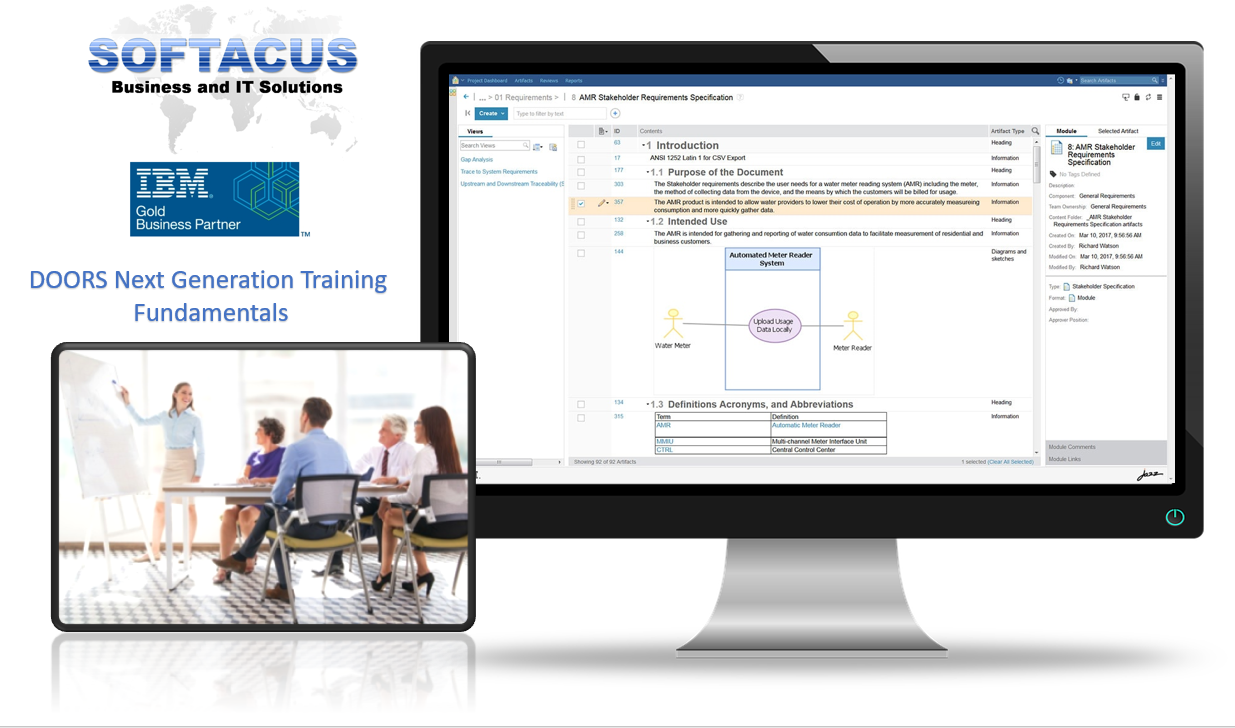
Jazz Platform (96)
Children categories
Building Table of Tables (ToT) in RPE
A lot of times I’m asked if it’s possible to export the embedded tables from the DNG artifacts and to add them in the ToT (Table of Tables) section in WORD. My answer is always YES, it’s possible. RPE as a standalone tool or RRDG used in the DNG context can export DNG tables and add them in the ToT in the generated document.
How can we do this? We have multiple options and I’ll try to cover 2 of them and highlight the pros and cons for each of them.
App Versions Used:
- DNG version: 6.0.6.1
- RPE/RRDG version: 6.0.6.1
Generating Requirements Documents from DNG
Toolset requirements:
-
- Rational Publishing Engine version 6.0.6.1 and later
- Doors Next Generation version 6.0.6.1 and later
Type: Instructor-led Classroom
Duration: 2 days (8 hours/day)
Level: Intermediary/Advanced
Location: Remote or Onsite (World-Wide)
Language: English
Audience: Individuals responsible for generating requirements documents from IBM Doors Next Generation (DNG)
Prerequisites:
-
- Basic knowledge of XML language and XML schema definitions
- Basic knowledge of requirements management
- Basic knowledge of CLM suite (especially DNG)
- Some knowledge of OOP concept and Javascript language





